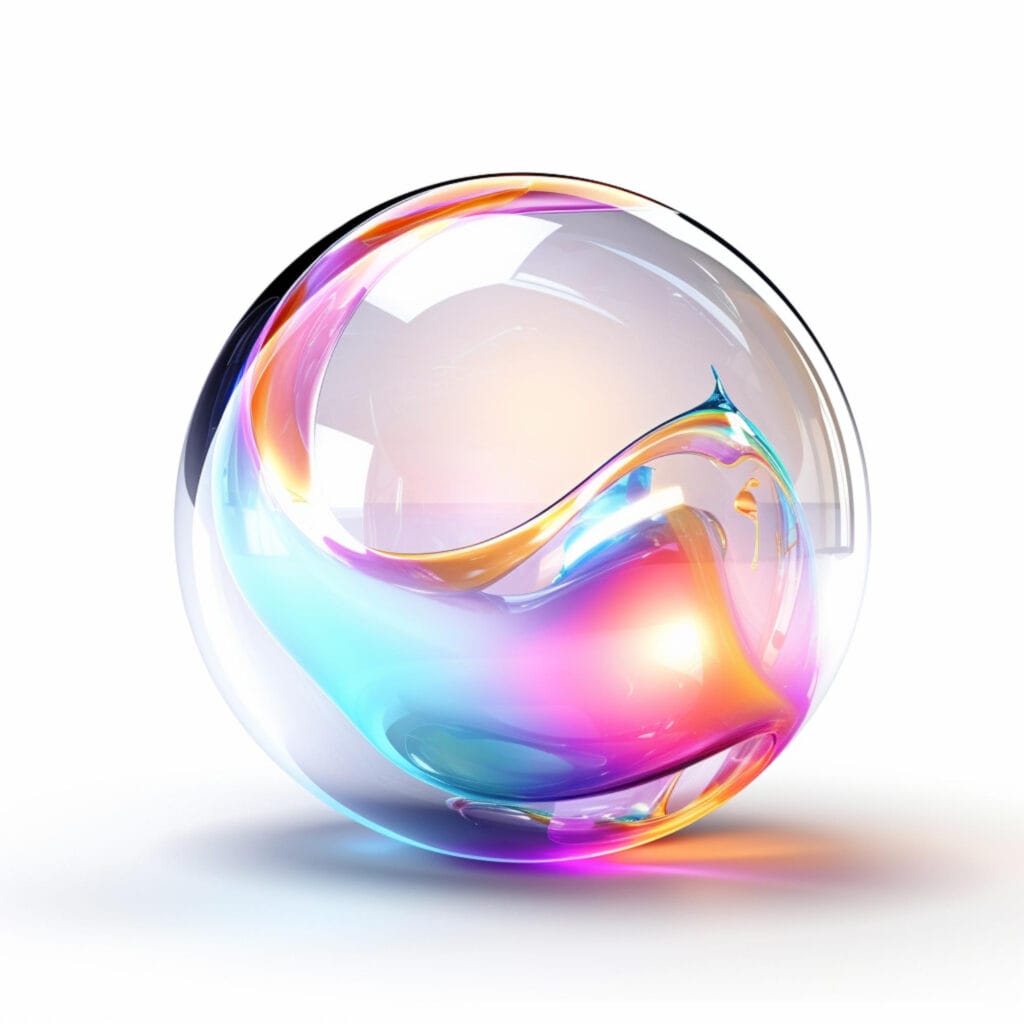Color Innovation
RheoLight Crystal Glass Pigments refract light differently than any other currently available effect pigment on the market. RheoLight adds optical elegance to pearlescent and metallic coatings and color compositions. The refraction and reflection of light through the RheoLight pigments lead to the creation of vibrant colors, dynamic light effects, and increased visibility both in ambient light and in the dark.

01.
Color landscape revolutions
The introduction of effect pigments in the first half of the 20th century constituted a revolution in the color landscape. The existing concept of solid colors in all different chromas, tints, shades, and hues was radically transformed by adding a new pigment morphology: flakes in all different shapes and sizes. New color concepts, like ‘flop’ and ‘sparkle,’ saw the light of day and were eventually quantified with new measurement equipment. Effect pigment technology evolved into full integration into the automotive sector, with over 60% of new cars boasting effect pigments, with different gradings of flop and sparkle.
The introduction of another new morphology of pigments, namely perfectly round Crystal Glass Microspheres, again has taken the existing color landscape of effect pigment color stylings by a resounding new concept. Colors have definitively moved into the functionalized color landscape. Colors now have a recognized measurable and quantifiable effect on point-of-view visibility and heat management. More importantly, these functional aspects may now be influenced, tuned, and applied for optimal usage while retaining color’s main emotion-affecting qualities. All the time it remains beautiful with smooth and glossy high-end quality finishings. The integration of the best qualities of solid colors, effect pigments, and crystal glass pigments (CGPs) are now leading to the subsequent full integration into the automotive sector, with the potential to add ‘safety made beautiful’ to over 60% of the automotive industry.
Introducing RheoLight
A CES Innovation Award-winning & Patented portfolio of the world’s first Crystal Glass Effect Pigments set new standards in Traffic Safety & Design Freedom levels, facilitating the Safe deployment of EVs and Autonomous Driving solutions—the World’s first commercially viable and industrial applicable solution for enhancing the visibility of 3D objects.
INNOVATION POWERED BY CURIOSITY AND ADVANCED TECHNOLOGY
02.
Safety made beautiful.
RheoLight enhances day- and nighttime visibility of objects for both humans and advanced driver-assistance systems (ADAS) such as LiDAR and Computer Vision. RheoLight’s Crystal Glass Pigments form a true innovation for traffic environment safety, offering increased visibility for traffic participants and computers to ‘see’ each other.
Incorporating RheoLight into coatings, screen printing inks, and plastic formulations improves the detectability and recognition of objects. Increased understanding and interpretation contributes to safer traffic conditions and provides improved object detection for advanced driver-assistance systems as deployed in new car models and autonomous driving vehicles. The crystal glass microspheres uniquely refract and reflect light, creating dynamic light effects and enhancing visibility in ambient and dark environments.
03.
Color Functionalization
The human eye is the primary recipient of the visual experience and is as such essential for perceiving and appreciating colors. However, LiDAR systems, and Computer Vision Technologies play a crucial role in the context of color functionalization.
LiDAR systems use laser technology to detect and measure distances to create detailed 3D maps of the environment. LiDAR plays a vital role in the evolution of autonomous driving and the effective usage of advanced driver-assistance systems (ADAS) by providing accurate object detection and determining the position of objects in the surroundings.
Computer vision technologies, on the other hand, involve the use of algorithms and artificial intelligence to interpret visual data captured by cameras and sensors. They enable machines to understand, analyze, and make decisions based on the visual information they receive.
Combining color innovation and technological development opens new possibilities for creating compelling and functional color solutions for various industries, such as automotive design, fashion, interior design, and many more.